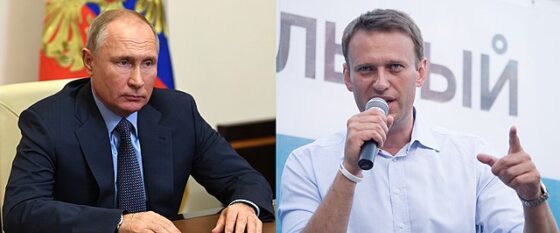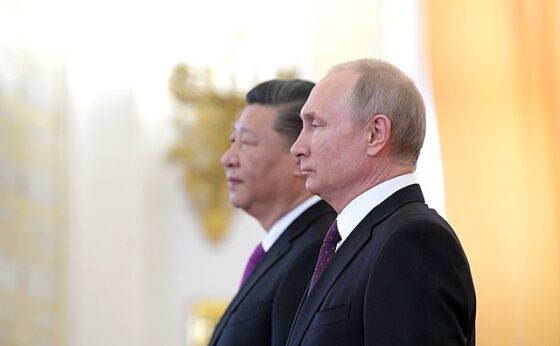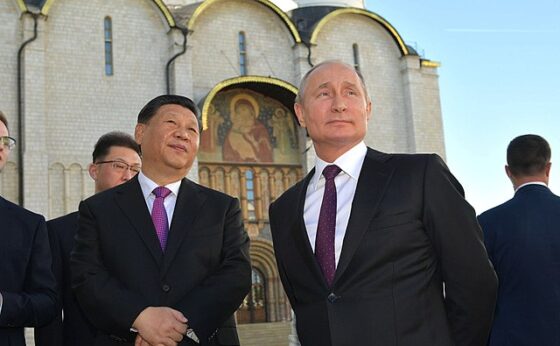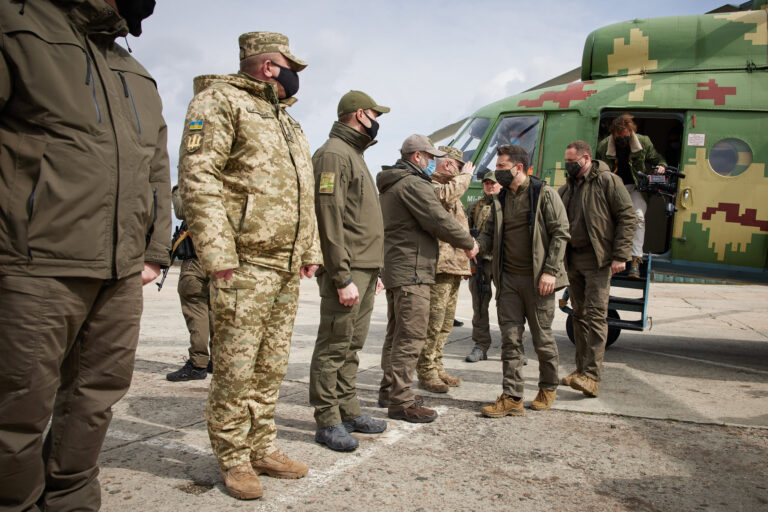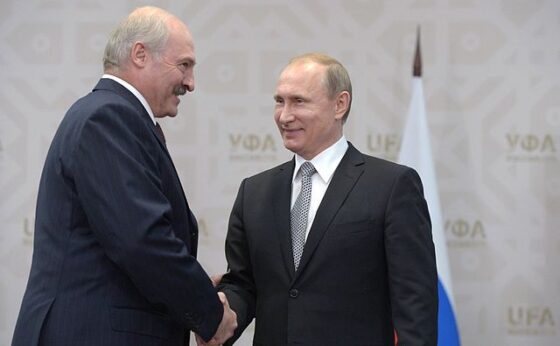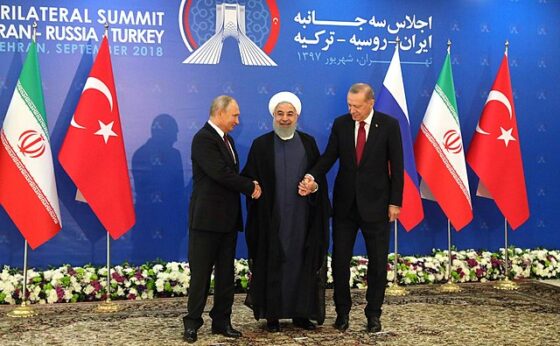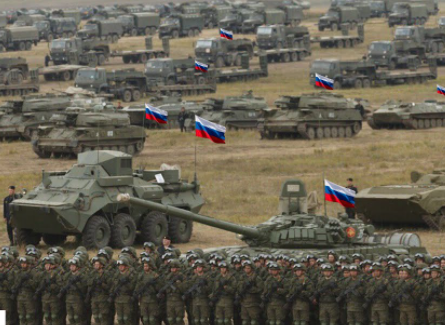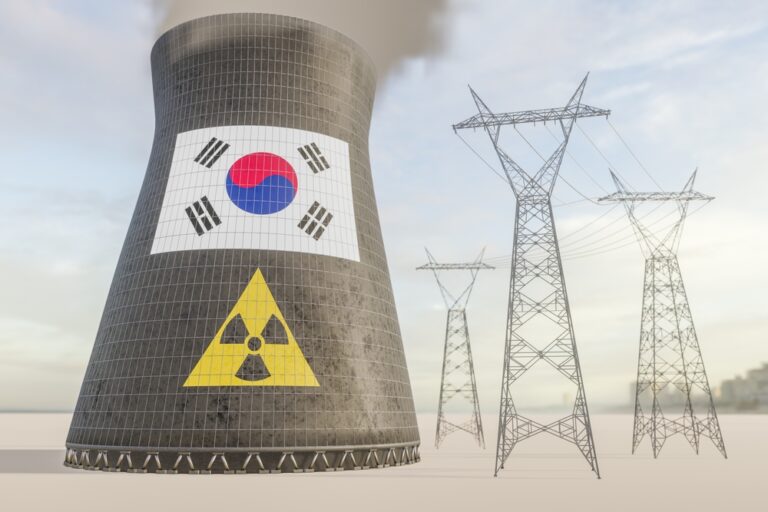
- Dr. Alon Levkowitz
- May 2, 2023
- Paper No. 2193
Public discourse in South Korea and Japan has begun to include discussion of the development of nuclear capabilities. This policy change in the regional nuclear discourse, together with attempts by North Korea and Russia to legitimize the use of tactical nuclear weapons, should raise concerns not just in Asia but in the Middle East as well.


